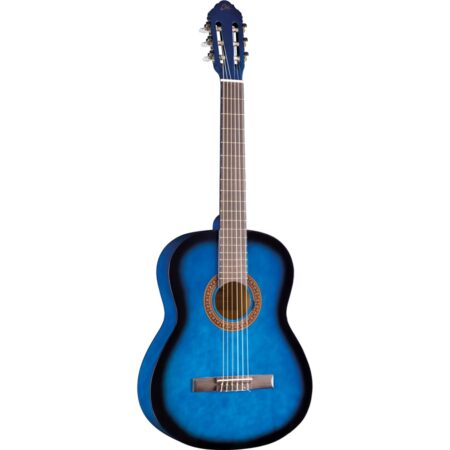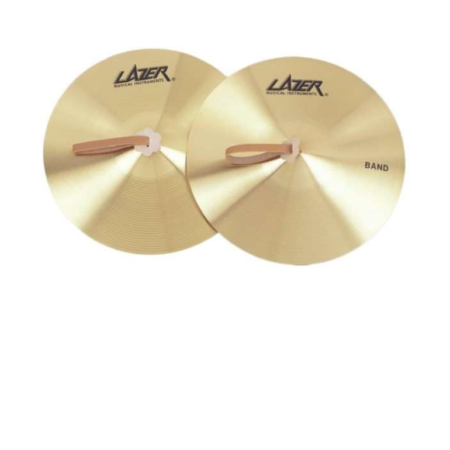These are very difficult via ferratas where climbing experience comes very handy. Via Ferrata Cornwall in Halvasso, an area near Penryn and Falmouth, is situated in a quarry site and features metal rungs, ladders, suspension bridges and zip wires. A via ferrata (Italian for “iron path”, plural vie ferrate or in English via ferratas) is a protected climbing route found in the Alps and certain other locations. The term “via ferrata” is used in most countries and languages except notably in German-speaking regions, which use Klettersteig—”climbing path” . Join the experienced instructors from Loen Active in the Via Ferrata Loen, and return to fjord level with Loen Skylift.
- Highlights include a hanging bridge, an easy ridge and a few step sections up to the summit.
- On Mount Hōken in the Japanese Central Alps are mid-level via ferratas.
- Bring a small day-pack for snacks, water, and the other day hiking essentials.
- You are going to need suitable equipment to do a via ferrata.
You don’t even need previous climbing experience to climb many via ferratas, since they’re often no more difficult than climbing a ladder. Many routes, however, do involve serious exposure, including spooky crossings of airy suspension west kype farm bridges. The via ferrata, built in 2007, is a classy, short via ferrata of the modern kind. This short and family-friendly via ferrata at around 2,000 metres above sea level is located near the Muttekopfhütte hut and is popular in summer thanks to its nearby waterfall. The first section is pretty steep and is the most difficult part of the whole route. Things then get a little easier as climbers pass the waterfall and a hanging bridge.
What To Expect On A Via Ferrata Route
Another via ferrata also opened in Åndalsnes in 2017. A helmet is generally strongly recommended, especially on longer or steeper routes, or where rocks may be loose. The helmet should be a UIAA approved climbing helmet, since the danger of falling rocks or hitting your head during a fall is always high. Other types of helmets can be dangerous as they are usually not designed to stay in place during a fall.
Guided Climbing Adventures
A via ferrata is a route through relatively to very steep or exposed terrain that is secured by wire ropes. These are anchored to the rock at varying intervals depending on the level of difficulty and the shape of the terrain. Climbers secure themselves onto the wire ropes with a via ferrata lanyard and can hold onto or pull themselves up them. Furthermore, steps, iron ladders, and iron pins as well as footholds and handholds carved into the rock help people climb the via ferrata. The level of exposure dictates the extent to which climbers can feel the mountain breeze on their face.
Taos Ski Valley has multiple routes ranging from beginner to advanced. You’ll climb on the 12,480-foot Kachina Peak, with a backdrop of the Wheeler Peak Wilderness area and Rio Hondo valley floor. There are 7 routes to choose from, and you can choose to climb them all on a day-long tour.
The water bottle in your hand or the rattling key in your pocket can quickly become a disruptive factor. A Mammoth Mountain employed guide must accompany all tours. Groups should check in 20 minutes prior to your scheduled tour at the Adventure Center at Main Lodge to sign liability forms and pick up a Gondola ticket. From there, you’ll take the Panorama Gondola to McCoy Station (the gondola’s mid-point) where you’ll meet your guide. The Ouray Via Ferrata route requires mandatory gear that you may or may not have with you.
Difficulty
Fleece or synthetic down jackets are ideal; synthetics stay warm when wet and are far preferable to duck or goose down, despite having a larger pack size and weight. In theory, you can complete a via ferrata at any time in the year. Early in the season, it is highly likely that on higher routes you will encounter snow, especially on routes which cross gullies or are north facing. It is advisable tocarry crampons and/or an ice axe during these periods.







